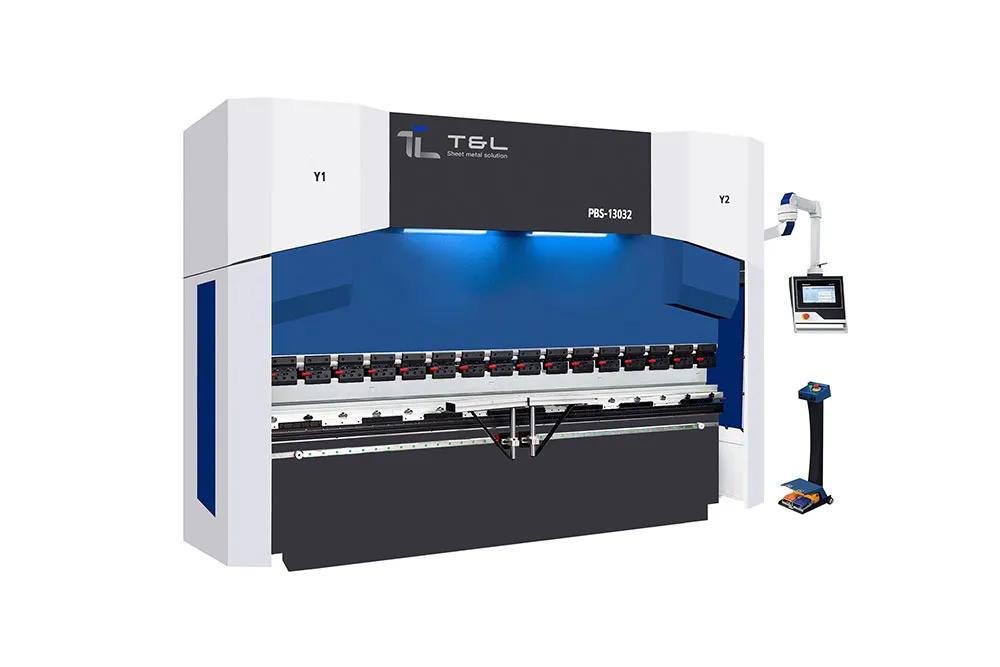How to Choose a Suitable Press Brake Machine: A Comprehensive Guide
Selecting the right press brake is critical for achieving precision, efficiency, and cost-effectiveness in metal fabrication. This guide outlines key factors to consider, ensuring your investment aligns with your operational needs.
1. Material Considerations
The type, thickness, and length of the material dictate the machine’s requirements:
- Tonnage: Calculate based on below data:
TS = tensile strength (MPa), T = material thickness (mm), L = bend length (mm), and V = die opening (mm). Harder materials (e.g., stainless steel) require higher tonnage. - Bed Length: Match to the maximum sheet length (e.g., 3m for standard sheets).
2. Processing Requirements
Evaluate bend complexity and production volume:
- Bend Complexity: Simple 90° bends may need basic tooling, while multi-angle or intricate shapes require CNC-controlled backgauges and custom punches/dies.
- Production Volume: High-volume runs benefit from automation (e.g., robotic arms), while small batches may use manual or semi-automatic systems.
3. CNC Functions
Automation enhances precision and repeatability:
- Controllers: Advanced systems (e.g., Delem, ESA) offer CAD integration and offline programming for complex designs.
- Features: Look for automatic tool changers, real-angle measurement, and multi-axis control to reduce setup time.
4. Precision
Critical for industries like aerospace or medical devices:
- Backgauge Accuracy: Ensure ≤±0.01mm repeatability.
- Deflection Compensation: Hydraulic crowning or CNC-axis adjustments maintain uniformity across long bends.
- Frame Rigidity: Welded steel frames minimize deformation under load.
5. Efficiency
Balance speed with quality:
- Cycle Time: Electric press brakes (vs. hydraulic model) offer faster ram speeds, but limit of power 100ton.
- Setup Time: Automated tool positioning slashes changeover duration.
- Bending Method: Air bending (quick, versatile) vs. coining (high-force, high-precision).
6. Price
Consider total ownership costs:
- Budget Tiers: Manual ($10k–$50k), CNC ($80k–$300k), fully automated ($300k+).
- ROI: Higher upfront costs for automation may pay off in reduced labor and waste.
- Maintenance: Electric models often have lower long-term costs than hydraulic.
7. Delivery Time
Plan ahead for lead times:
- Stock Machines: Available in weeks for standard specs.
- Custom Builds: May take 3–6 months. Prioritize local suppliers to avoid shipping delays.
Conclusion
Choosing a press brake involves balancing technical needs (material, precision) with practical constraints (budget, delivery). For example, a high-volume automotive parts manufacturer might prioritize a CNC model with robotic automation, while a job shop handling diverse small batches could opt for a mid-range CNC with quick tooling changes. Always align specifications with your specific projects and growth plans to ensure a future-proof investment.
By systematically evaluating these factors, you can select a press brake that optimizes productivity, quality, and profitability for your workshop.


